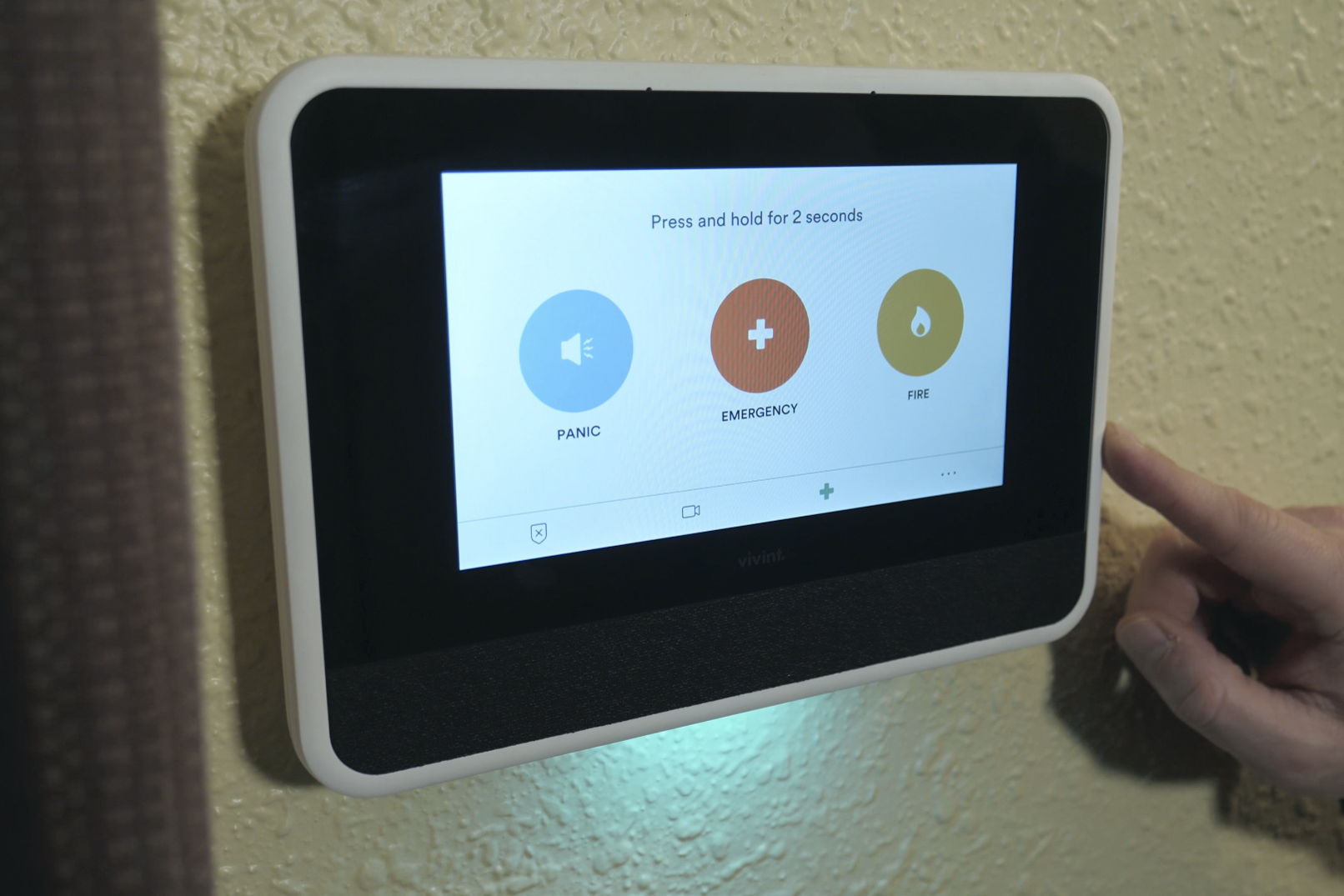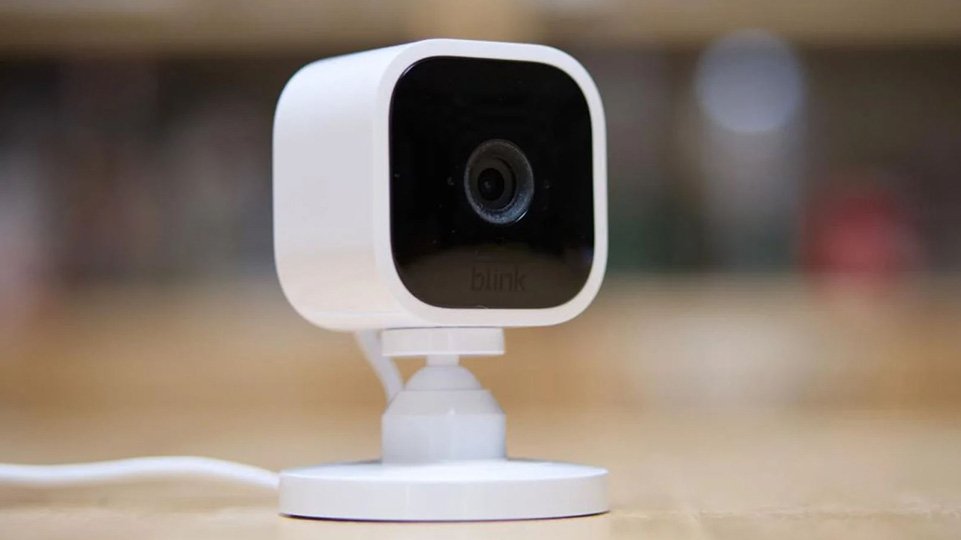
Yale is the leading brand in the door hardware market, and has more than 150 years' experience. Their locks are made to fit different doors and offer a variety security options.
How to Lock a Yale Door
You can secure your home with a lock of good quality. It not only protects your belongings but also helps prevent intruders from accessing your home in the first place. A quality lock can withstand assaults such as lockpicking.
How to Lock a Yale Assure Smart Lock
Yale offers several types of smart locks. However, all Yale smart locks use the same app to unlock or lock them. Yale Link is a free app that allows you access to your lock anywhere in the globe using a phone or tablet. It lets you lock and unlock your door, set an access code for your family members, check in on your home, and get notifications when someone is coming or going from the house.

Depending on which module is purchased, your Yale Assure Smart Lock can be connected to multiple smart home systems. The Connected-by-August module works with Apple HomeKit (and Amazon Alexa), and the Z-Wave- or Zigbee-based modules work with Samsung SmartThings.
How to lock the Yale Digital Door Lock
Yale provides digital door locks which unlock using fingerprints, smart cards or keypads. These locks are keyless and come with an alarm for extra safety against vandalism, burglary and fire.
How to Lock a Yale Night Latch
The standard Yale night latch has a simple non-deadlocking lock which can be opened by a key from the interior or by a panic bar from the outside. These locks can be found on the front door and are the most popular type of Yale lock in the UK.
It is important that a night latch adheres to a British standard, most likely BS3621. This can be a requirement of some home insurance companies. It is designed to fit all UK doors and has passed a rigorous security test.

How to Lock Your Yale Smart Lock
There are many different Yale smart lock models and it is important to understand which ones are compatible with your home security system and your existing door hardware. To find out if the lock you have is compatible, ask for information from the manufacturer.
The Yale Smart Lock can be paired with your wireless home network using an adapter, or a smart hub. This allows you to control your lock from your smart phone or tablet. The adapter will enable you to update your Wi-Fi credentials, and the smarthub will let you modify settings and add codes.
You can also download the Yale Link app for your phone or tablet to control your Yale Assure smart lock from anywhere in the world. It is possible to enhance your home security with a smart lock. You will feel safer, and you won't worry about leaving your house unattended.
FAQ
Which is better: home security cameras or home security systems?
Home security systems can be more effective than home cameras as they can detect sound and movement even though no one is present in a room where the system has been installed. However, home security cameras can be mounted on doors and windows easily and are less expensive than home systems.
Which is the best home surveillance camera system?
Home security systems with cameras are a great way to protect your family. These systems are simple to set up and can provide many benefits to both renters and homeowners. They allow you to monitor your home remotely from any smartphone, tablet, laptop, or other mobile device.
Who is the best home security monitoring company?
ADT is the best home security monitoring company. They provide 24/7 monitoring at an affordable cost. They offer 24/7 monitoring service and respond in minutes.
ADT offers an app that can be used on both Android or iOS. So you can check your home anytime, anywhere.
Statistics
- That's probably why Cove has a whopping 98%* customer retention rate. (safewise.com)
- Most home security companies will charge you around 75% of the remaining term of your contract if you cancel early—and some require 100%.Related questionsWhat type of contract length can I expect from security providers?Home security system cancellation (safewise.com)
- Unlike other online safety services that charge up to 100 percent of your monthly fee, Cove charges no upfront fees and has no hidden costs.
- Related questionsHome security systems that are 100% DIY (safewise.com)
External Links
How To
How to Install a Home Security System
A home security system monitors your property and alerts if there is any activity. It could be a motion sensor, doorbell camera, smoke detector, fire alarm, flood alert, carbon monoxide detector, burglar alarm, etc. A home security system usually consists of one or more sensors (e.g., motion detectors), which send signals when they detect movement or sound. The signals are then sent to a control panel where they're monitored and recorded. If there's a problem such as someone breaking into your house or other suspicious activity, the control panel sends an alert via your phone, tablet computer, voice assistant, or computer. You will immediately be notified and can take appropriate action.
First, you must choose the right type sensors for your home to install a home security system. There are two main types, passive and active. Passive sensors don’t require batteries. They only pick up sounds, vibrations and other signals from their environment. These include buzzers, sirens and doorbells. Active sensors use electricity to transmit data. These sensors include motion sensors and cameras.
There are many options for sensors. Each brand has its pros and cons. For example, some sensors are weatherproof, while others aren't. Some of them have built in speakers so that you can still hear them from outside. Others only work inside. Some are simple, while others offer advanced features such as night vision.
Once you have chosen the right type of sensor for your property, it is time to select a manufacturer. This will help you ensure your sensors work well together. The hardware store should offer many choices.
After choosing a brand of sensors to use, you can decide how many to purchase. Most people start with one or two sensors, depending on whether they live alone or with family members. However, if you plan to add additional sensors later, you might consider buying extra than you think you'll need now.
Next, determine where you want your sensors to be placed. Are they near windows or doors? Are they best kept hidden? Before placing them around your property, you should get permission. They should not be in conflict with any electrical outlets.
Once you have determined where your sensors should be placed, you will need to find a way to connect them with your control panel. You may need a power adapter, or battery pack depending on the setup. Once you have everything in place, your property can be monitored!